

The My Outdoor Classroom Nature Passport package supports educators in taking children outdoors for enriched play-based learning. It includes five outdoor classroom activities (supported by lesson plans) and explores the value of play.
Weather-themed activities are a fantastic way to help toddlers and preschoolers explore nature, science, and sensory play. The following article provides information on Weather Theme Activity Ideas, Importance Of A Weather Theme, Goals For A Weather Theme Linking To The EYLF and more.
Teaching math through play in early childhood is a fantastic way to make learning engaging and natural. The following article provides information on Strategies To Teach Math Through Play, Importance Of Teaching Math Through Play, Using Everyday Activities to Teach Math Concepts In Early Childhood, Mathematical Language in Early Education, Best Practices in Teaching Math, and more.
STEM (Science, Technology, Engineering, and Mathematics) education for toddlers is all about fostering curiosity, problem-solving, and hands-on learning through play. Early exposure to STEM concepts helps build foundational skills that support cognitive development and creativity. The following article provides information on Ways to Introduce STEM to Toddlers, STEM Activities For Toddlers, STEM Materials, STEM Goals, Linking EYLF To STEM and more.
Cooking with toddlers in early childhood services can be a delightful and educational experience. It helps children develop essential skills across various areas. The following article provides information on Toddler Skills In The Kitchen, Kitchen Activities, Simple Recipes To Try With Toddlers and more.
The following provides a list of activity ideas for each sub-outcome of MTOP Outcome 2: Children and Young People Are Connected With And Contribute To Their World.
Zoo-themed activities are a fantastic way to engage toddlers and preschoolers while teaching them about animals, habitats, and conservation. The following article provides information on Zoo Themed Activity Ideas, Zoo Themed Children's Books, Importance Of Zoo Theme, Goals For Zoo Theme, Linking To The EYLF and more.
The following provides a list of activity ideas for each sub-outcome of MTOP Outcome 1: Children Have a Strong Sense of Identity.
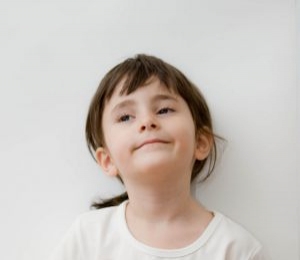 Open ended questions cannot be responded to with one word answers such as yes or no. These types of questions enables a child to provide… Read More
Open ended questions cannot be responded to with one word answers such as yes or no. These types of questions enables a child to provide… Read More
 During your child’s preschool years, an important milestone begins to emerge. This is the development of pre-writing skills. Pre-writing skills are used to encourage, develop… Read More
During your child’s preschool years, an important milestone begins to emerge. This is the development of pre-writing skills. Pre-writing skills are used to encourage, develop… Read More
 Open ended materials enables children to play freely. They are objects that have no rules to follow, use or function. Raw materials that can be… Read More
Open ended materials enables children to play freely. They are objects that have no rules to follow, use or function. Raw materials that can be… Read More
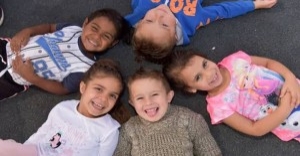 An Acknowledgment of the Country is a way of showing respect for the Traditional Owners and can be given by both non-Indigenous people and Aboriginal… Read More
An Acknowledgment of the Country is a way of showing respect for the Traditional Owners and can be given by both non-Indigenous people and Aboriginal… Read More
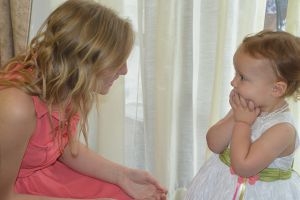 Language plays an important role in a child’s development. It enables a child to communicate effectively with their family, learn at school, socialize with friends,… Read More
Language plays an important role in a child’s development. It enables a child to communicate effectively with their family, learn at school, socialize with friends,… Read More
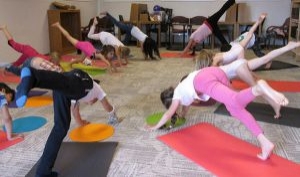 Like adults, children have to deal with their own stress in life. Moving house, starting a new school, preparing for a new sibling - these are… Read More
Like adults, children have to deal with their own stress in life. Moving house, starting a new school, preparing for a new sibling - these are… Read More
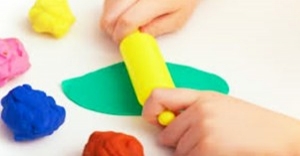 Playdough is such a versatile material. It provides numerous benefits to children as they manipulate it, it is safe and soothing and provides children with… Read More
Playdough is such a versatile material. It provides numerous benefits to children as they manipulate it, it is safe and soothing and provides children with… Read More
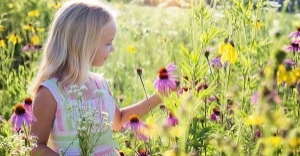 Teaching children about sustainability enables them to appreciate and respect the natural environment. Early childhood services can provide meaningful hand on learning experiences in order… Read More
Teaching children about sustainability enables them to appreciate and respect the natural environment. Early childhood services can provide meaningful hand on learning experiences in order… Read More
 Recycling is an important concept that teaches children to care for the environment. It encourages children to be responsible and show a growing appreciating for… Read More
Recycling is an important concept that teaches children to care for the environment. It encourages children to be responsible and show a growing appreciating for… Read More
 When children apply paint to paper, glue things together, or pound a lump of clay, they experiment with colour, shape design and texture.
Read More
When children apply paint to paper, glue things together, or pound a lump of clay, they experiment with colour, shape design and texture.
Read More

Play-based learning is a core principle of the EYLF, emphasizing that children learn best through...
See more...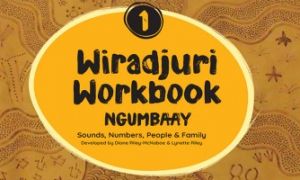
The following free workbooks are designed to allow the best opportunities to learn the Wiradjuri...
See more...
Thanks to the new National Model Code and upcoming regulatory changes under the National Quality...
See more...© 2009-2025 Aussie Childcare Network Pty Ltd. All Rights Reserved.
